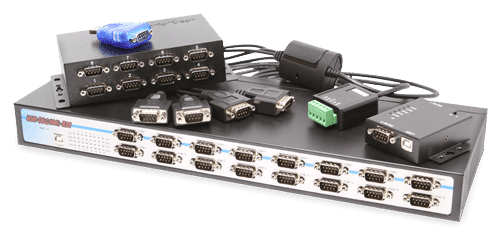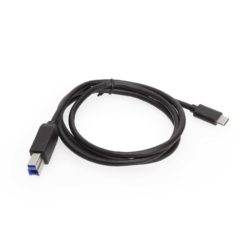USB (Universal Serial Bus) has transformed how devices connect and communicate, consistently evolving to meet modern data transfer, power delivery, and connectivity needs. Here’s an updated look at the advantages and advancements in USB technology, covering its history, speed classifications, and current standards.
Why USB Is the Preferred Choice
- Plug and Play: USB devices are recognized automatically and ready for use once the necessary driver software is installed.
- Hot Swappable: Devices can be connected or disconnected without powering down the system.
- Speed Evolution: From USB 1.1’s modest data rates to USB4’s lightning-fast capabilities, USB supports a range of speeds to suit diverse applications.
- Cost-Effective Expansion: Affordable hubs and cables enable scalability, connecting up to 127 devices to a single host.
- Noise Immunity: USB’s design places sensitive data conversion circuitry away from interference-prone PC environments, ideal for industrial setups.


























